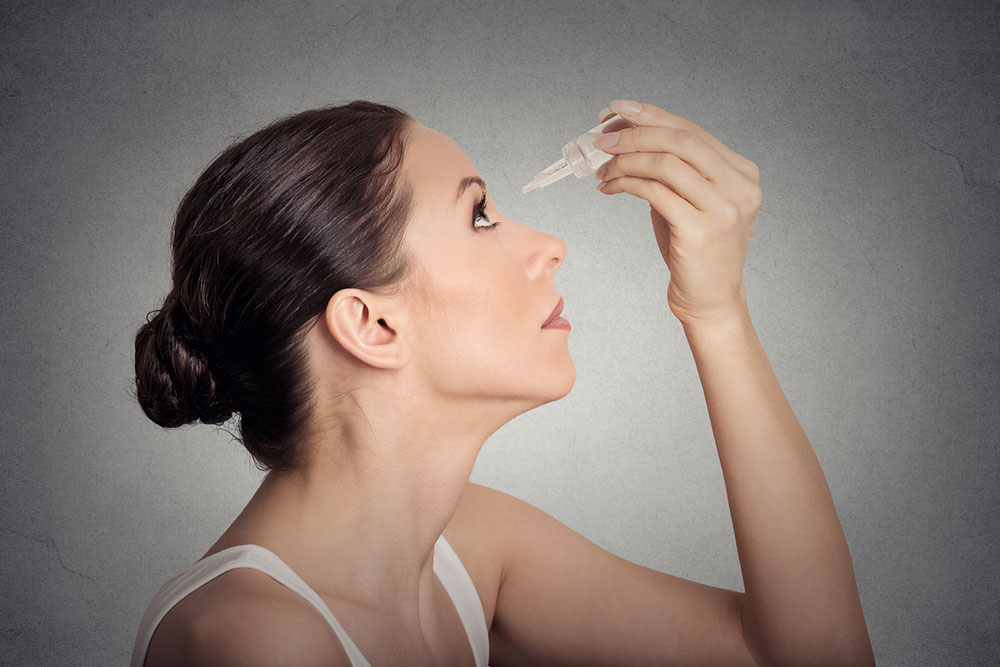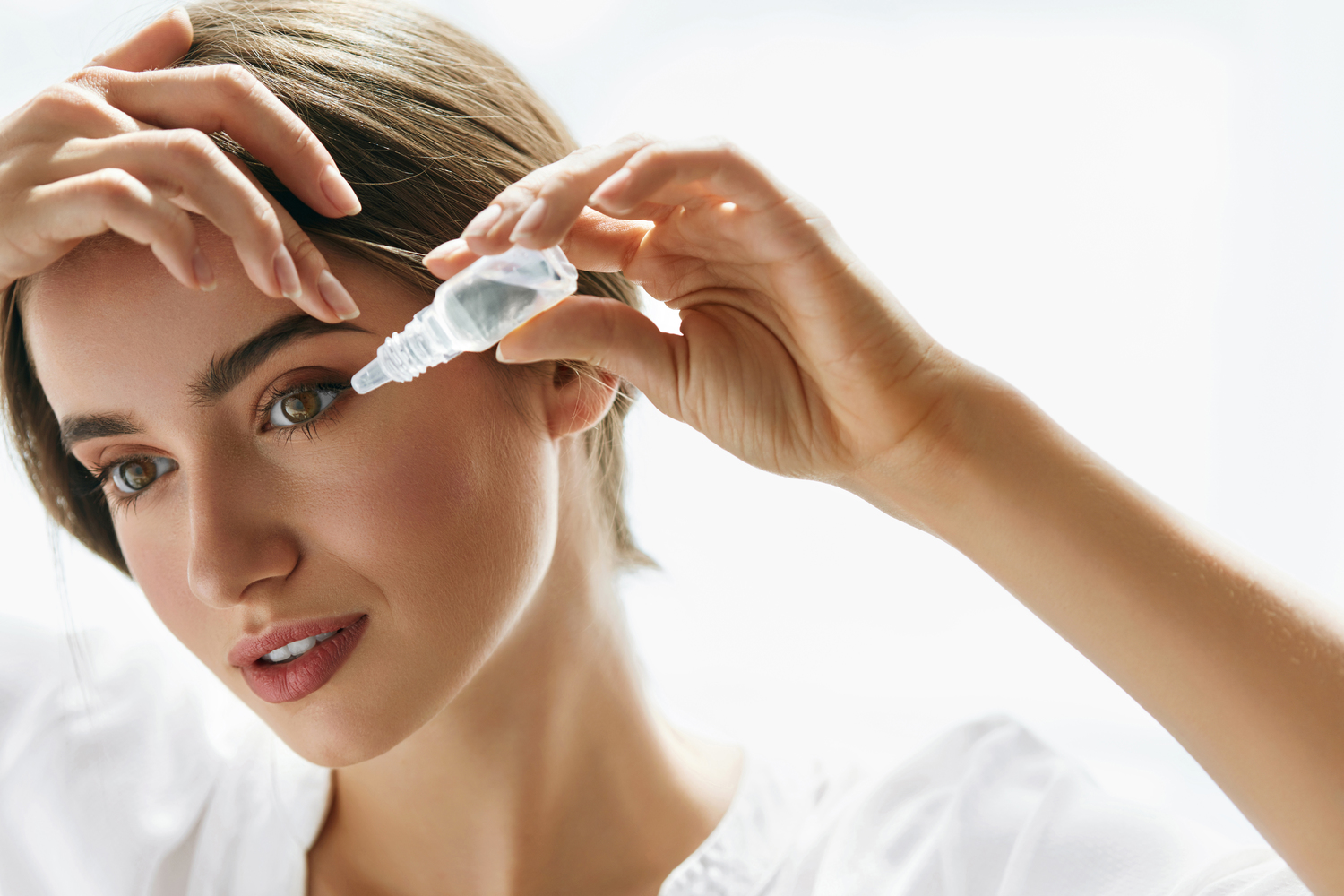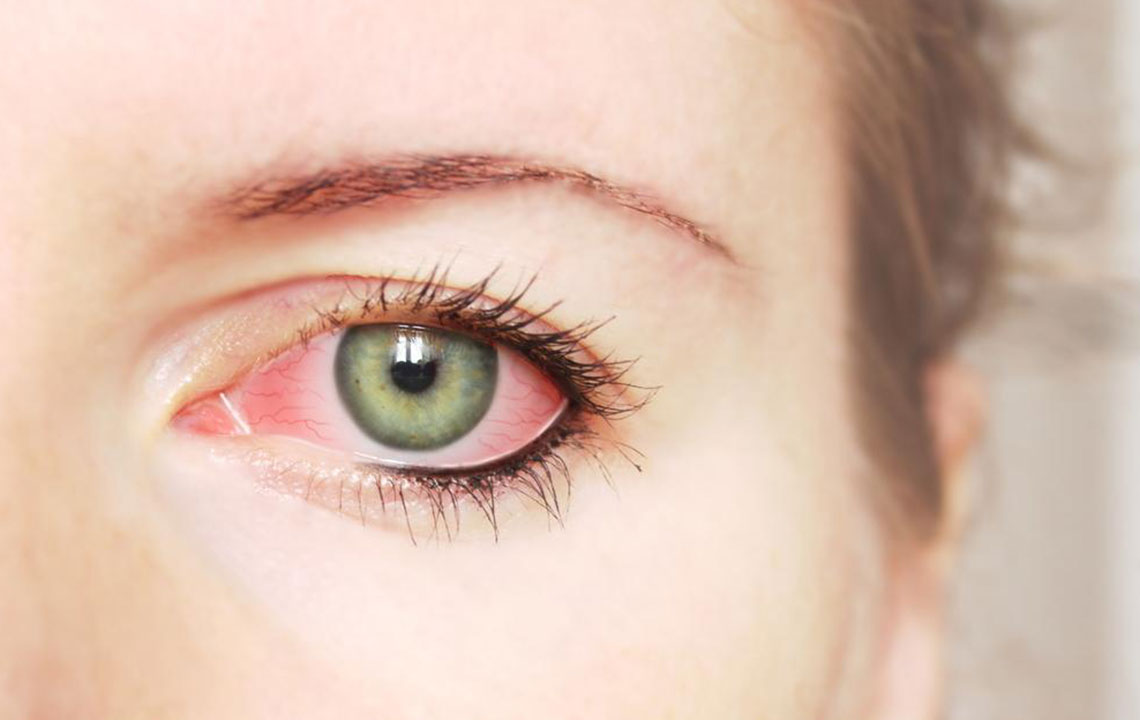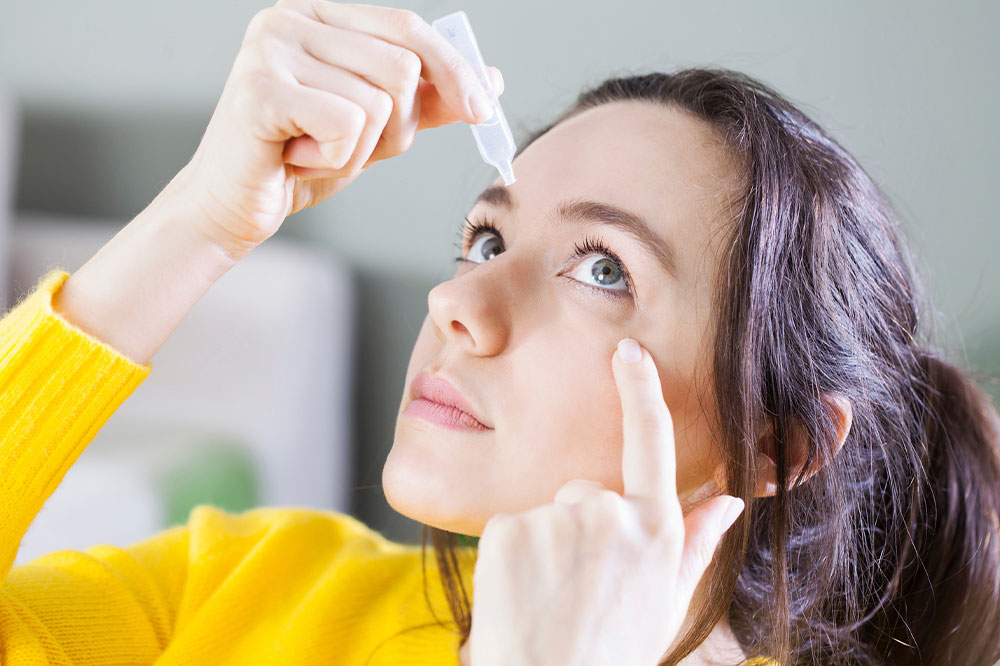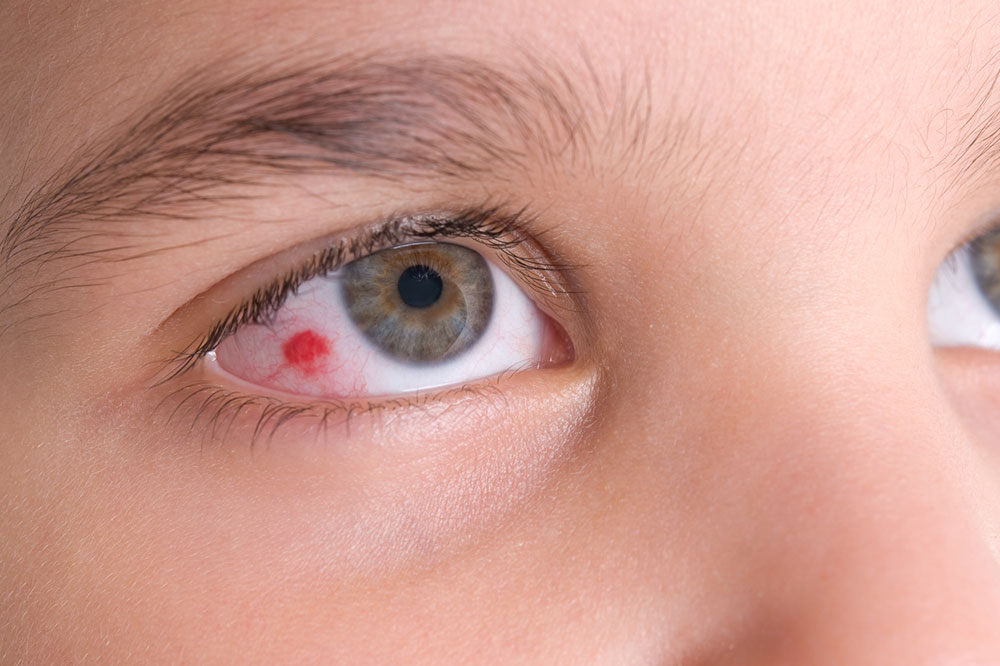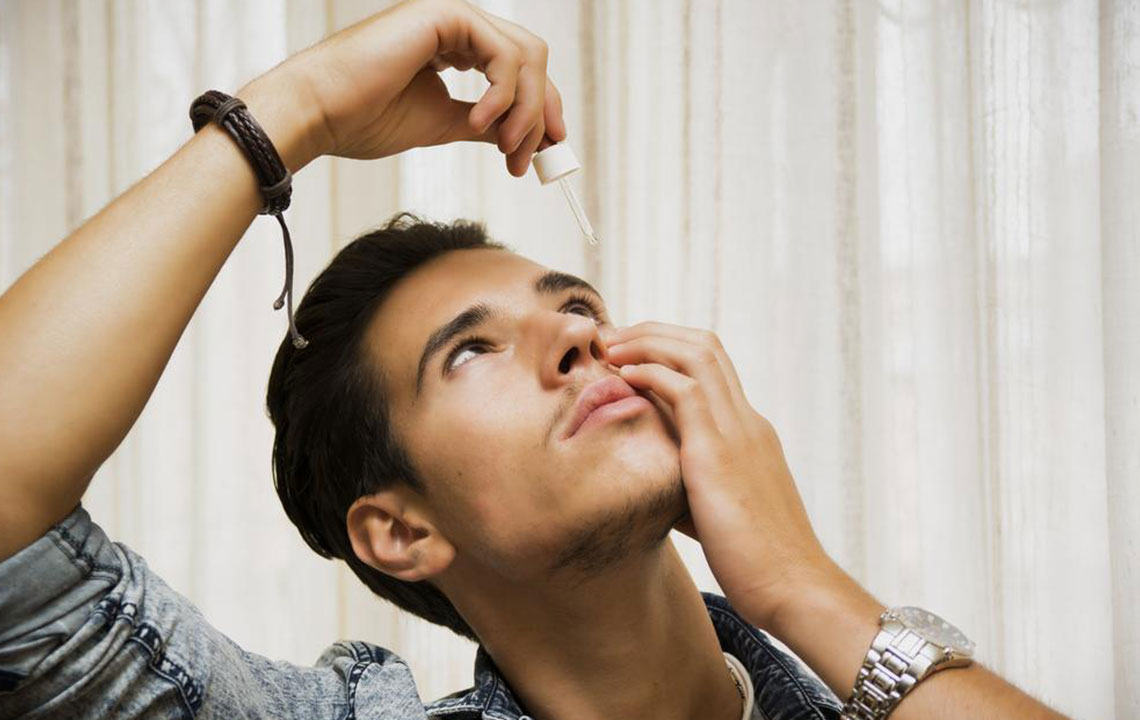Effective Management of Pink Eye Using Eye Drops
Learn how to effectively treat pink eye using specific eye drops prescribed by a healthcare professional. Understand different causes of conjunctivitis and the appropriate drops for bacterial, viral, or allergic types. Consult an eye specialist for personalized treatment and avoid self-medicating. Proper eye hygiene and timely medical advice are essential for quick recovery and preventing spread.
Sponsored
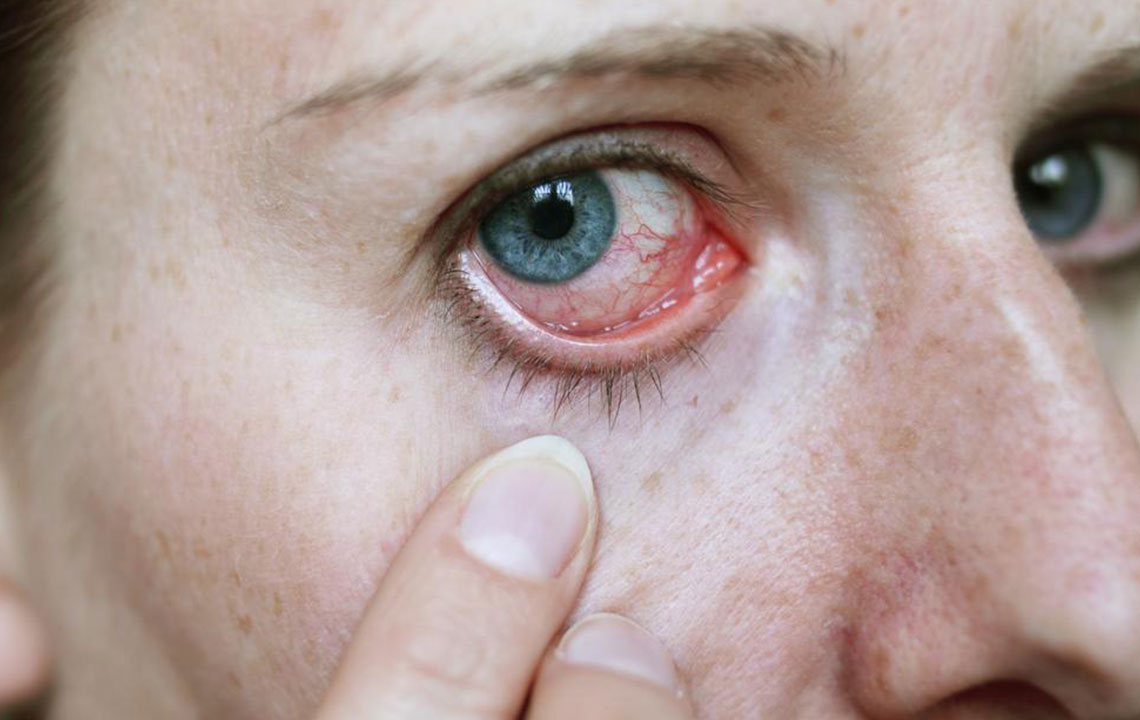
Managing Pink Eye with Appropriate Eye Drops
Conjunctivitis, commonly known as pink eye, is a widespread eye infection characterized by redness, irritation, swelling, and discomfort. The most effective way to alleviate these symptoms is through the use of specialized eye drops. Different types of drops target various causes of conjunctivitis, so consulting an eye specialist is essential to determine the best treatment plan. Over-the-counter (OTC) eye drops are available, but for prompt and accurate relief, professional guidance is recommended.
When applying eye drops for pink eye, avoid touching the tip of the bottle to your infected eye to prevent contamination and spread of infection. Pink eye may arise from viral, bacterial, or allergic causes, each requiring specific treatment. For bacterial infections, antibiotic drops are effective, but allergic conjunctivitis necessitates antihistamines or allergy-targeted drops. If symptoms worsen or persist, consult an eye care professional for proper diagnosis and tailored therapy.
Prescription eye drops are prescribed after a detailed examination by an ophthalmologist, who identifies the infection's cause. They may recommend antibiotic, anti-inflammatory, or combination drops, depending on the diagnosis. Some common antibiotic options include aminoglycosides, which target bacteria effectively, and fluoroquinolones, useful for bacterial conjunctivitis and corneal ulcers. Sulfa antibiotics containing sulfacetamide are also employed to inhibit bacterial growth. For allergic conjunctivitis, antihistamine or corticosteroid eye drops may be prescribed.
Always follow your doctor’s instructions when using prescribed eye medications. These drugs are only available through legitimate prescriptions and should not be purchased illegally. In cases where the condition worsens or does not improve, professional consultation is imperative to explore further treatments, including oral medications or injections. Alongside medication, maintaining hygiene and avoiding contact with contaminated objects are critical in managing pink eye effectively.

